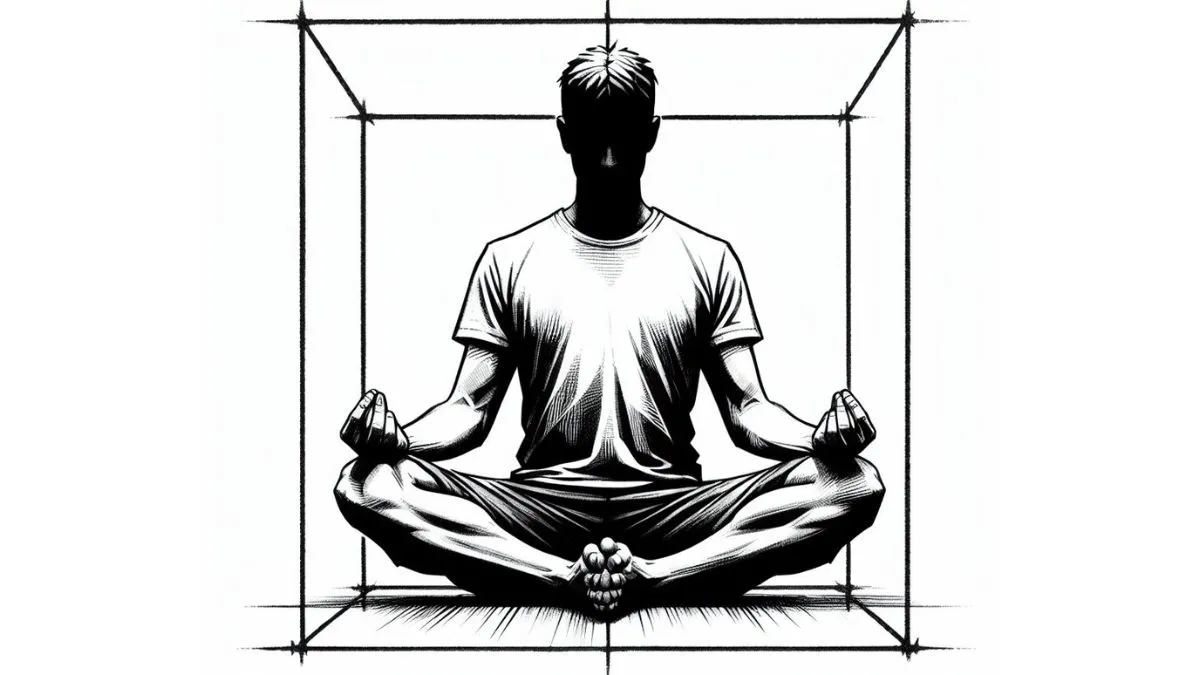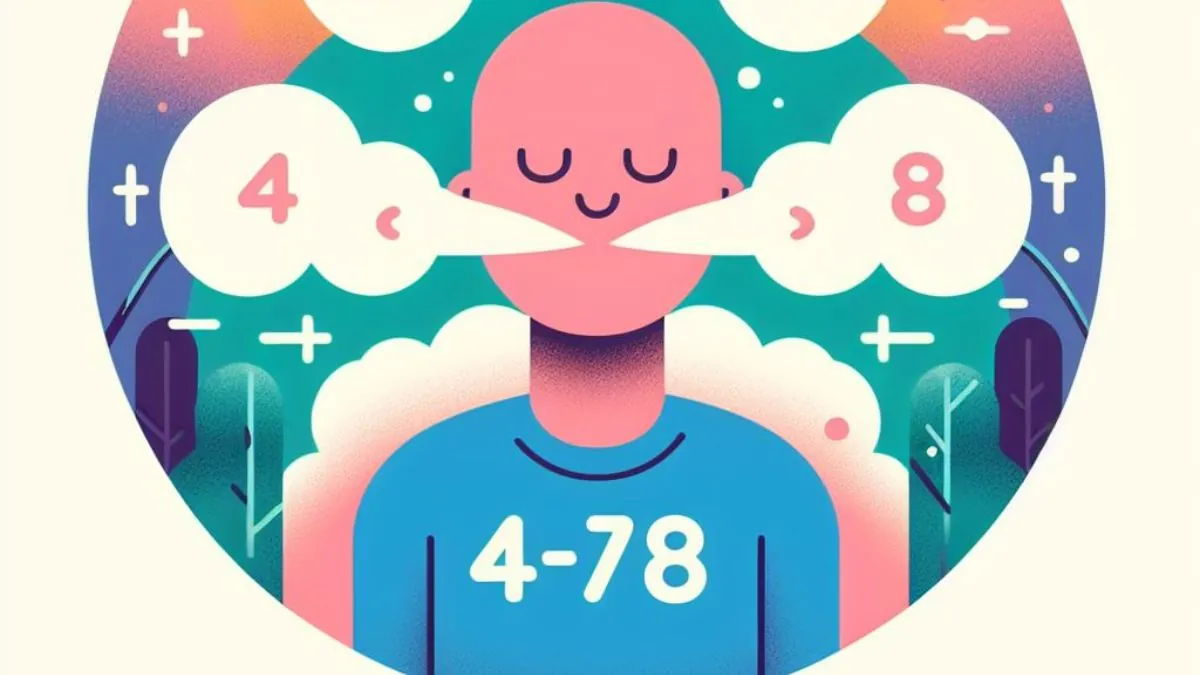Introduction
Paschimottanasana, commonly known as the Seated Forward Bend, is a deeply calming and grounding yoga posture that provides an intense stretch to the back of the body. The name “Paschimottanasana” is derived from the Sanskrit words “Paschima,” meaning west (back side of the body), “Uttana,” signifying intense stretch, and “asana,” representing a yoga pose. This asana is revered for its ability to promote flexibility in the spine, hamstrings, and calves. In this article, we explore the history, significance, benefits, step-by-step guide, and variations of practicing Paschimottanasana.
Unraveling the Roots of Paschimottanasana
Paschimottanasana has its origins in classical Hatha Yoga, an ancient system of yogic practices. The pose is mentioned in classic yoga texts like the Hatha Yoga Pradipika and the Gheranda Samhita. Historically, Paschimottanasana has been practiced by yogis to purify the nadis (energy channels) and achieve physical and mental equilibrium.
Reaching for the West: Understanding Paschimottanasana
Paschimottanasana symbolizes the act of bowing down to the west—the direction of the setting sun. Just as the sun sets in the west, this asana invites practitioners to surrender and let go of physical and mental tensions. As yogis reach for their toes and fold forward, they journey within themselves, embracing the essence of introspection and tranquility.
Step-by-Step Guide to Practicing Paschimottanasana

Follow these step-by-step instructions to gracefully embody the Seated Forward Bend:
- Sit on the floor with your legs extended in front of you, toes pointing upward.
- Inhale, elongate your spine, and reach your arms overhead.
- Exhale, hinge from your hips, and fold forward from the waist.
- Reach your arms forward, lengthening your spine as you fold.
- Hold your shins, ankles, or feet, depending on your flexibility.
- Keep your knees slightly bent if needed to protect your hamstrings.
- Relax your neck and shoulders, allowing your head to hang naturally.
- Breathe deeply and hold the pose for several breaths, feeling the stretch along your back and hamstrings.
- Inhale, engage your core, and slowly come back to an upright position.
The Calming Benefits of Paschimottanasana
Paschimottanasana offers a range of physical, mental, and emotional benefits:
- a) Spinal Flexibility: The pose deeply stretches and elongates the spine, improving flexibility.
- b) Hamstring and Calf Stretch: Paschimottanasana provides an intense stretch to the hamstrings and calves.
- c) Relaxed Nervous System: The forward bend calms the nervous system, reducing stress and anxiety.
- d) Improved Digestion: The pose stimulates the abdominal organs, aiding digestion.
- e) Inner Reflection: Paschimottanasana encourages introspection and self-awareness.
Variations and Modifications
Paschimottanasana can be adapted to suit individual needs and abilities:
- a) Using Props: If you cannot reach your feet, use a strap around your feet and hold onto the strap to facilitate the forward fold.
- b) Bent Knees: If you have tight hamstrings, practice the pose with your knees slightly bent.
Precautions and Contraindications
While Paschimottanasana is generally safe for most practitioners, consider the following precautions:
- a) Lower Back Issues: If you have lower back problems, practice the forward fold with caution and avoid deep rounding of the spine.
- b) Pregnancy: Pregnant individuals should perform Paschimottanasana with support and avoid excessive pressure on the abdomen.
Conclusion
Paschimottanasana, the Seated Forward Bend, invites practitioners to bow down to the west and journey within themselves. As yogis surrender to the stretch and let go of physical and mental tensions, they discover a sense of tranquility and introspection. Paschimottanasana becomes a sacred space of self-reflection and release—a reminder of the beauty and stillness that lies within each individual. With consistent practice and mindful awareness, the Seated Forward Bend becomes a transformative and meditative journey—a pathway to embracing the essence of the setting sun and finding inner peace amidst life’s constant fluctuations.


